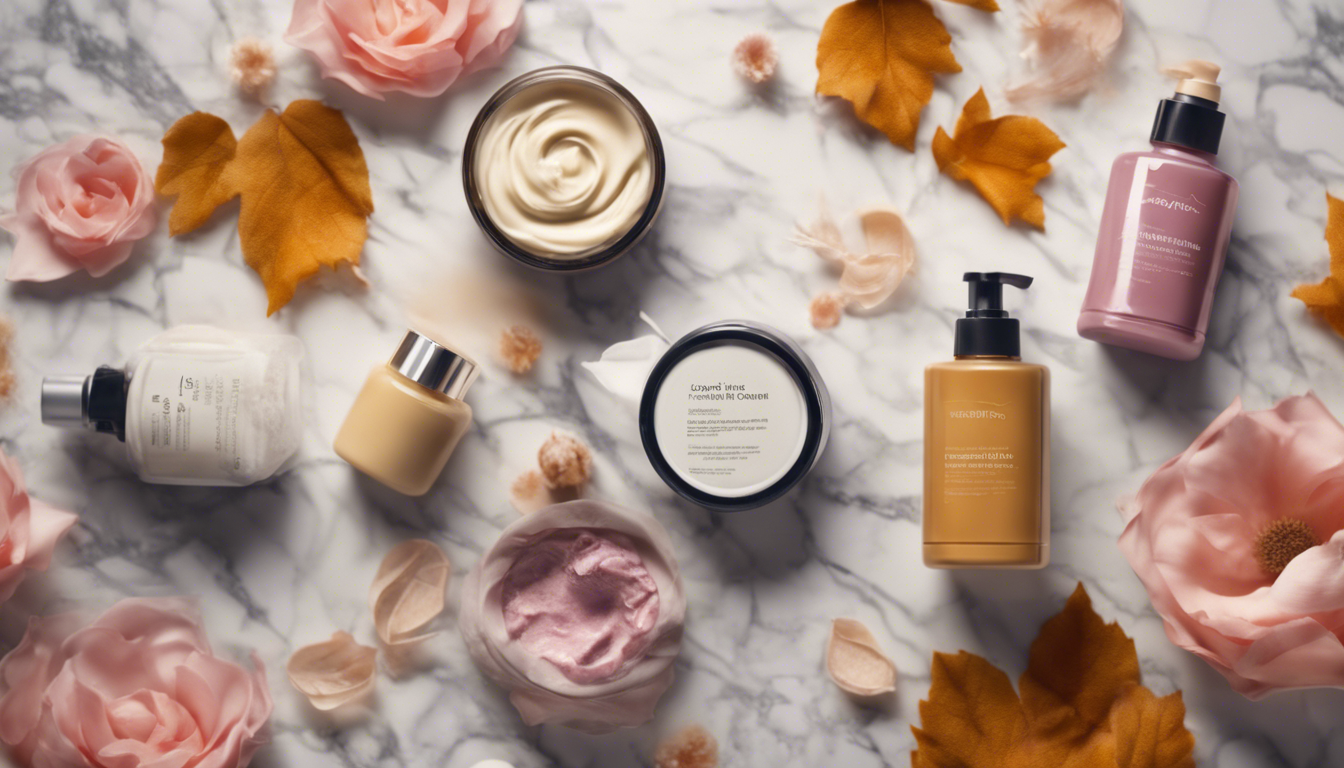In the realm of beauty and skincare, body creams specifically formulated for women have carved out a significant niche. These products promise not only to hydrate and nourish skin but also to offer solutions to various skin concerns, from dryness and aging to skin tone and texture improvement. Dermatologically tested treatments have become a cornerstone for consumers seeking assurance of efficacy and safety.
Understanding the science behind these body creams enables consumers to make informed choices. A body cream’s base function is to provide moisture to the skin. However, advancements in skincare science have allowed for the development of products that go beyond simple moisturization. Ingredients like hyaluronic acid, ceramides, and natural botanicals work synergistically to restore the skin’s barrier, maintain hydration, and protect the skin from environmental pollutants.
Yet, despite the benefits, there are caveats to consider. For instance, individuals with sensitive skin may experience reactions to certain fragrances or preservatives used in beauty creams. The rise in awareness of these potential irritants has led to a surge in demand for hypoallergenic and fragrance-free options. Dermatologists often recommend patch testing a new product before fully integrating it into one’s skin care regimen to mitigate potential adverse reactions.
Recent studies have begun exploring more innovative approaches to body creams. For example, gene expression profiling is being used to develop custom formulations that can more effectively respond to the skin’s unique needs. These advanced creams are still under development and testing phases but hint at a new direction where beauty products might become highly personalized.
Geographically, the usage of body beauty creams varies significantly. In regions with colder climates, such as Northern Europe and North America, there is a higher demand for rich, emollient creams that combat dryness caused by harsh weather conditions. Conversely, in tropical regions, lighter formulas that do not clog pores and offer UV protection are more prevalent.
The market offers a myriad of body creams targeting women, each claiming to be the best. Brands like Olay, Neutrogena, and L’Oréal have been at the forefront, offering products that are not only effective but also backed by rigorous scientific research. Consumer preferences tend to lean towards products that offer multi-functional benefits, such as anti-aging properties in addition to hydration.
Price also plays a critical role in consumer choice. Premium brands often use rare ingredients and advanced technologies, justifying higher price points. However, there are numerous affordable options in the market that are still effective, making it essential for consumers to research and select products based on their specific skin needs rather than brand allure alone.
The shift towards organic and natural ingredients is also shaping the industry. More consumers are now leaning towards products formulated without parabens, sulfates, or synthetic fragrances, driven by the perception that natural ingredients are safer and kinder to the skin.
Experts advise that while choosing any skincare product, including body creams, consumers should look for products with fewer ingredients. Simplicity can often mean fewer chances for skin reactions and an increase in the effectiveness of key ingredients. Dr. Jane Smith, a dermatologist based in New York, emphasizes, ‘The skin can absorb up to 60% of the products we apply. It’s crucial we scrutinize these products as much as we would our food.’
In conclusion, the world of women’s body beauty creams is complex and ever-evolving. With ongoing research and advancements, the future holds promising prospects for highly personalized and effective skincare solutions. Meanwhile, understanding current dermatologically tested treatments and remaining alert to one’s unique skin needs remains the best approach to choosing and using body creams.

